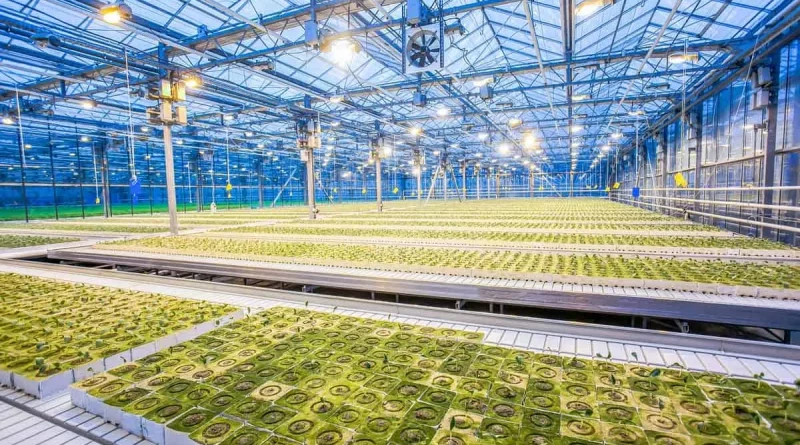Hydroponics Systems for the Home and Hydroponics Gardener
Hydroponics
Hydroponics gardening has evolved with technology, and a wide range of methods are available that tweak the original idea for optimal growth of certain plant types or in certain areas.
Hydroponics is a method of gardening that grows plants in the absence of soil. All that is required is water, light, nutrients, and an inert material to physically support the plant roots. The provision of water and light is self-explanatory; it is essential for all plant and animal life. There are a wide variety of nutrients that are available specifically for hydroponics gardening.
All nutrients contain the three factors found in all fertilizers – potassium, nitrogen, and phosphate, along with the various micronutrients that plants need to grow and thrive. The physical support can come in the form of rocks, sand, clay balls, vermiculite, perlite, and so on. These materials have some degree of water-holding capacity, however, they are chemically inert, which means they don’t alter the composition of the water. They just sit there and hold fast.
Hydroponics Systems
The types of hydroponics systems available are many, however, they can be classified into a few categories.
Deep Water Culture
Perhaps the most simple type of hydroponics system available is the deep water culture method. In this system, plants are floated on top of a nutrient reservoir with their roots immersed in the nutrient solution. The nutrient solution itself is aerated using an air stone. The deep water culture method is particularly useful for plants with small root systems such as herbs and lettuce.
Flood and Drain
The second most common hydroponics system is the flood and drain method, also known as ebb and flow. The objective of this system is to provide high levels of oxygen to the plant roots. This is achieved by placing plants into a dry reservoir filled with the hydroponic substrate and flooding it with hydroponic nutrients are regular intervals and for short periods – often 15-30 minutes.
The nutrients are then allowed to drain out and away from the plants, drawing in air and oxygen to the plant roots. The drained nutrients are collected and recycled in the next flood cycle. The flood and drain system is particularly suited to larger plants and those with larger root systems such as tomatoes.
Nutrient Film Technique
A more advanced system is the nutrient film technique (abbreviated NFT). This system is commonly built using PVC pipes. Plants are placed at regular intervals in the pipe in small mesh baskets containing the inert substrate with their roots hanging down into the pipe.
The pipe is angled slightly and hydroponic nutrients are pumped into the higher end of the pipe. As the nutrients flow down the pipe, they come into contact with the roots and provide water, oxygen, and nutrients to them. The size of plants suitable for use with this system is largely dependent on the size of the pipe being used, however plants with small roots such as strawberries, lettuce, and herbs are most commonly used here.
Aeroponics
The final common hydroponics system used is the aeration system. With this method, plant roots are allowed to hang into an open container and hydroponic nutrients are sprayed either continuously or at regular intervals onto the plant roots. This method provides the highest level of oxygen to the roots and stimulates rapid plant growth. Because the container can be designed to any size, essentially any plant can be grown using the aeration system.



